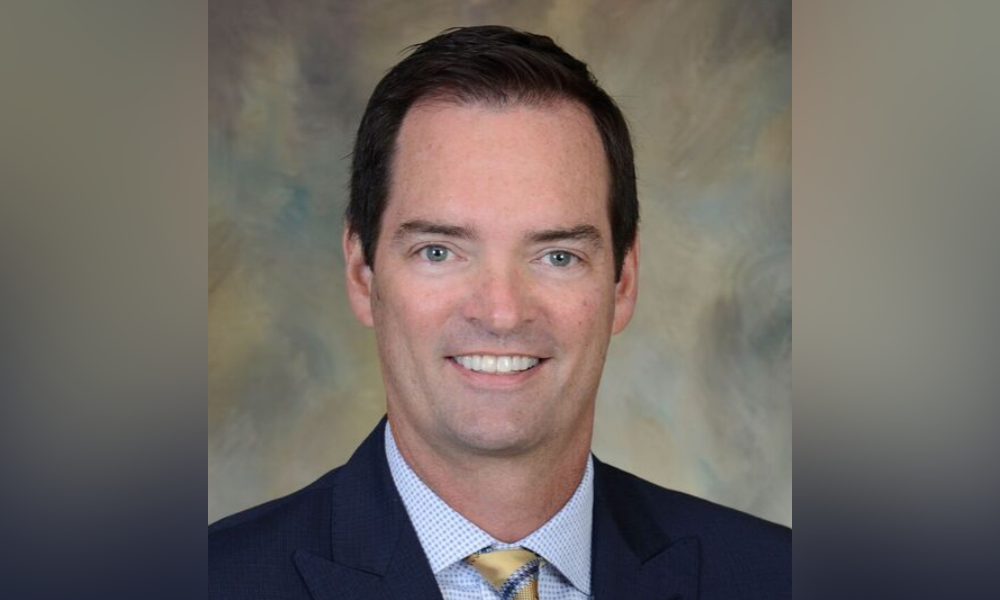"For non-QM to reach its potential, it has to mirror the agency process as closely as possible"

Angel Oak Mortgage Solutions has to ramp up its tech capabilities if it’s to meet the growing demand for its non-QM product, executive vice president of production, Tom Hutchens (pictured), has revealed.
He said the company “was looking to probably double” its 2021 (non-QM) volume next year, but that it would need to reduce time consuming manual practices to meet the demand.
Hutchens said: “You just can’t keep doubling every year from a staffing perspective. Manual pre-quals are time consuming and inefficient for both the loan officer and Angel Oak, and if technologies are efficient for the end user, then that’s going to allow the scalability to ramp up even faster.”
He went on: “We’re looking at investing in technologies that are going to remove as many manual pieces of the process as possible. We understand that for non-QM to reach its potential, it has to mirror the agency process as closely as possible.”
Read more: Aiming for faster closing of non-QM loans
With non-QM lending expected to hit a record $25 billion this year, according to market analyst S&P Global, the Atlanta-based company is well placed to take advantage of the surge in the product’s popularity, having achieved $1.1 billion in non-QM originations in the third quarter.
Earlier in July, Angel Oak reached a milestone when it hit $10 billion in total non-QM funding since its founding in 2013.
But Hutchens has previously stated that the non-QM market is potentially far bigger and could reach $300 billion annually due to the growing number of self-employed people who are unable to obtain qualifying loans.
According to a pre-pandemic projection from the US Bureau of Labor Statistics, the number of self-employed people was set to reach 10.3 million by 2026, although more recent data from the Pew Research Center has placed the current number much higher, at 14.9 million for the second quarter this year.
To meet its growing ambitions in the non-QM space, Angel Oak recently revealed that it had approved 522 new accounts with brokers in the last six months.
And in October, the firm appointed David Raju as group chief information officer to oversee the development of technology, aimed at improving the company’s digital transformation.
Raju’s appointment coincided with Angel Oak’s acquisition of his company, Covience, an advisory services and banking-as-a-service platform. Prior to that, the non-QM specialist also made a “strategic investment” into Asset Class, a financial technology firm based in Dublin, Ireland.
In the Press statement announcing Raju’s appointment, Angel Oak acknowledged that it was seeking to improve its technological capabilities by “partnering with existing plug-and-play solutions”.
Hutchens said: “Technology can help us to double to $1 billion a month - it’s pretty doable - but we’re in the half-a-billion-dollar range now and doubling to a billion a month changes the dynamic,” he revealed.
To achieve its goals, Angel Oak was considering a number of options, from forming partnerships, as previously stated, to developing proprietary technology.
“It’s whatever is going to make the most sense,” Hutchens added. “If it’s already built and we can just plug in, then sure, but then there are also pieces that need to be proprietary because it’s what makes Angel Oak stand above other non-QM lenders.”
He admitted that adding new technology was a major undertaking but expected Angel Oak to add “some real improvements along the way in the very near future” as part of a continual rollout.
Read more: Five-step guide for success in non-QM
However, he dismissed suggestions that competing non-QM lenders were involved in a ‘race to the finish line’ to implement the latest tech, stressing that the market should be “the only winner”.
He said: “Angel Oak is always going to have a very dominant share of the market, but we want the whole market to rise, not just Angel Oak, so I don’t think it’s a zero-sum game or just a race to the finish line. I think everyone wins as these technologies come into the market.”
Hutchens said originators were “excited” about the prospect of being able “to do more than a couple” of non-QM loans. “Any tools that we can provide that allow them to originate more, is a winner for everybody,” Hutchens added.
From a borrower’s perspective, they could also expect a more streamline experience, he concluded.



